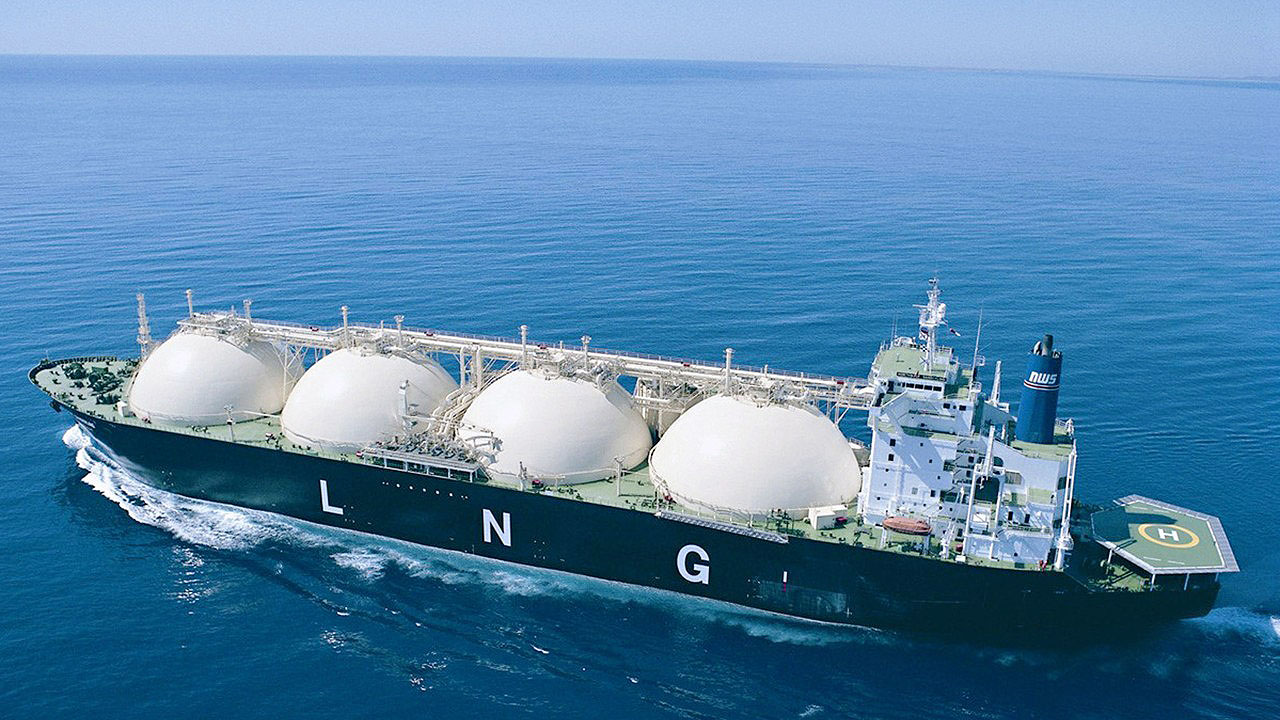Philippines unlikely to add new LNG terminal near-term on excess capacity

SINGAPORE — The Philippines is unlikely to add new liquefied natural gas regasification terminals this decade as its existing facilities are significantly underutilized, its energy secretary told Reuters.
“There’s enough for now,” Sharon Garin said, adding that one new terminal proposal is in the pre-development stage and that the country is currently using only about 60% of its existing regasification capacity.
The government is not prioritising additional facilities in Luzon, where both existing terminals are located, but is instead exploring options to expand LNG infrastructure to other regions.
“Eventually we may put a regasification facility somewhere in Visayas or Mindanao,” Ms. Garin told Reuters, referring to the country’s central and southern island groups. “That would be more interesting for us than adding more in Luzon.”
PHILIPPINES INCREASES USE OF GAS FOR POWER
The Philippines’ geography makes pipeline connections between islands challenging, creating interest in alternative solutions such as small-scale LNG power plants with different logistics arrangements.
Ms. Garin said LNG terminal development was unregulated in the Philippines, meaning private companies can proceed with projects if market conditions justify investment.
The country imported an estimated 0.6 million tonnes of LNG in 2023, its first year as an LNG importer, and it has since progressively increased imports and dependence on gas for power generation, government and analytics firm Kpler data showed.
So far this year, it has imported 1.58 million tonnes of LNG via its two existing import terminals, according to Kpler. One of the country’s LNG buyers said purchases of the fuel should be approached on a national basis, as its current import volumes are small.
SEEKING LONG-TERM DEALS
“We need to aggregate our LNG requirements as a country … At least generate attention so suppliers can say this is a credible requirement. Especially if it is the government consolidating all of our requirements as a country,” said Jay Joel L. Soriano, vice president and head of strategy and planning at power producer First Gen Corp.
First Gen has only imported LNG on a spot basis so far, but would be seeking long-term deals if the company is able to renew its power purchase agreements, added Soriano.
LNGPH, an entity that integrates the power facilities of South Premiere Power Corporation and Excellent Energy Resources, Inc, is the only LNG player in the Philippines with a long-term deal, sourcing supply from global energy trading house Vitol. — Reuters



